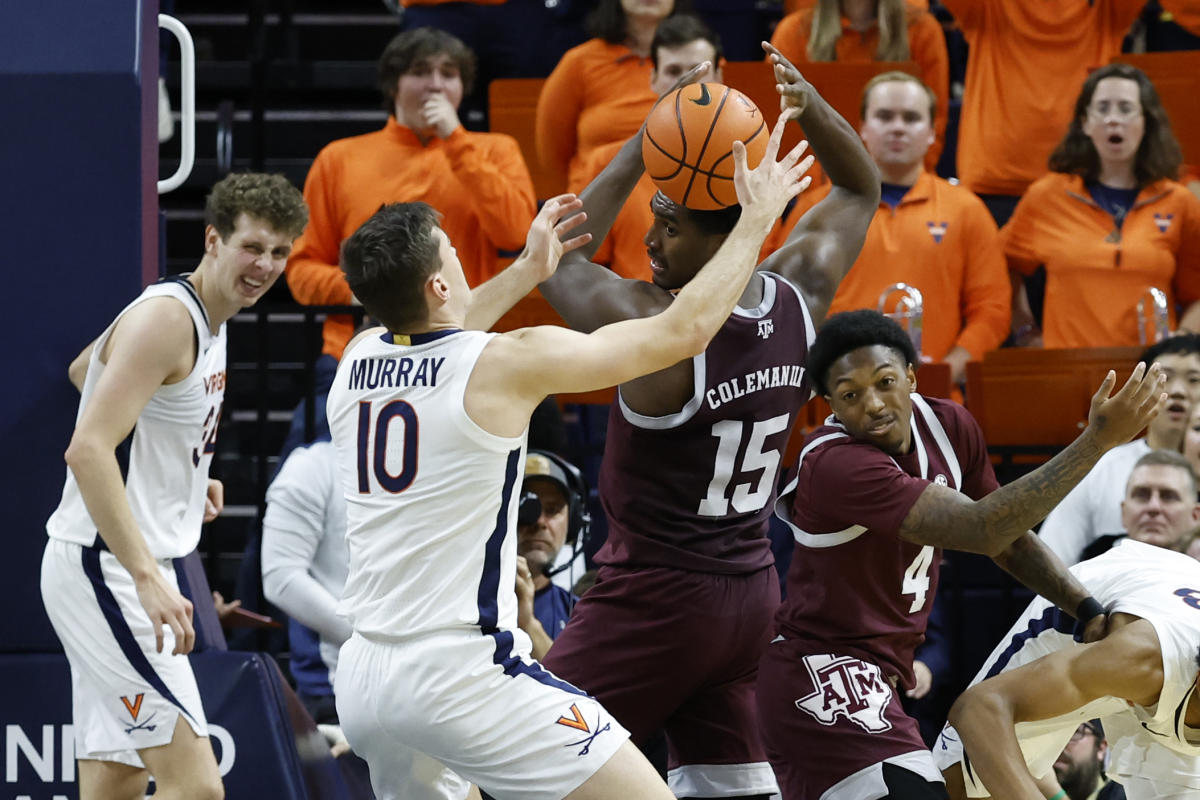Tennis has had its fair share of doping scandals, just like any other professional sport.
Here, we explore five of the most shocking scandals related to doping in the sport of tennis.
Maria Sharapova
In one of the most memorable recent doping scandals, superstar Maria Sharapova failed a drug test in 2016.
The substance she tested positive for was meldonium, a medication used to improve blood circulation and treat heart problems.
Sharapova admitted to taking the drug for over ten years, claiming it helped with warding off influenza, treating diabetes symptoms, and addressing magnesium deficiency.
Although Sharapova may not have intentionally taken the substance to enhance her performance, it is the responsibility of the player and the team to be aware of newly prohibited substances, as stated in a review by the International Tennis Federation and World Anti-Doping Agency.
As a result, Sharapova received a two-year suspension from the ITF, which barred her from participating in any professional WTA Tour competitions until January 25, 2018.
Upon appeal, Sharapova’s ban was reduced to 15 months, and she made her return to tennis in April 2017.
Simona Halep
The case of Simona Halep has caused significant upheaval in tennis, with prominent figures supporting the former World No 1 in her quest to clear her name.
In October 2022, she was informed that she tested positive for Roxadustat, an anti-anaemia medication that stimulates the formation of red blood cells, during the US Open in September.
In May 2023, Halep was charged with a second doping offense by the ITIA due to “irregularities” in her biological passport.
Halep has expressed her intention to appeal to the Court of Arbitration for Sport regarding the decision to ban her for four years.
Andre Agassi
In 1997, Andre Agassi brought tennis into a street drug scandal when he tested positive for methamphetamine.
He received a three-month ban for this transgression, but later claimed that his positive test was due to his drink being spiked.
Agassi later confessed in his biography that he had lied about how he consumed the drug.
Years later, he opened up about his struggles with addiction and depression.
Richard Gasquet
Richard Gasquet provided an even more outlandish excuse for testing positive for a recreational drug.
He became embroiled in a scandal centered around an alleged “cocaine kiss” which he says he received from an unidentified woman at a party in Miami.
The International Tennis Federation (ITF) and the World Anti-Doping Agency initially sought a two-year penalty for the drug involved in the incident.
However, Gasquet initially received a one-year suspension due to his denial and the small amount of cocaine detected. This decision was later overturned when an independent assessment determined that the incident was unintentional. The ITF and WADA both appealed the verdict to the Court of Arbitration for Sport, but were unsuccessful.
Consequently, Gasquet received a formal six-week ban from May to July 2009, preventing him from participating in the French Open or Wimbledon.
Martina Hingis
In 2007, former world No 1 Martina Hingis had her career ended by a positive doping test.
Hingis tested positive for the drug Benzoylecgonine and subsequently announced her retirement.
Although she challenged the ruling, her attempts were unsuccessful as she had already retired from the sport.
Hingis maintains her innocence and claims she never took cocaine. She later took a private drug test, which produced negative results.
READ MORE: Martina Navratilova offers her backing to suspended Simona Halep

Jessica Roberts serves up the latest in the world of tennis. With a love for the racket sport, she reports on tennis matches, player rankings, and Grand Slam events, ensuring readers stay informed about the tennis world.




:no_upscale()/cdn.vox-cdn.com/uploads/chorus_image/image/72931262/usa_today_21973134.0.jpg)


